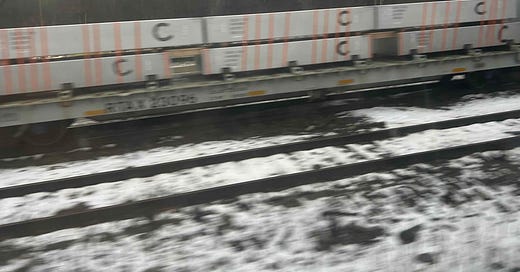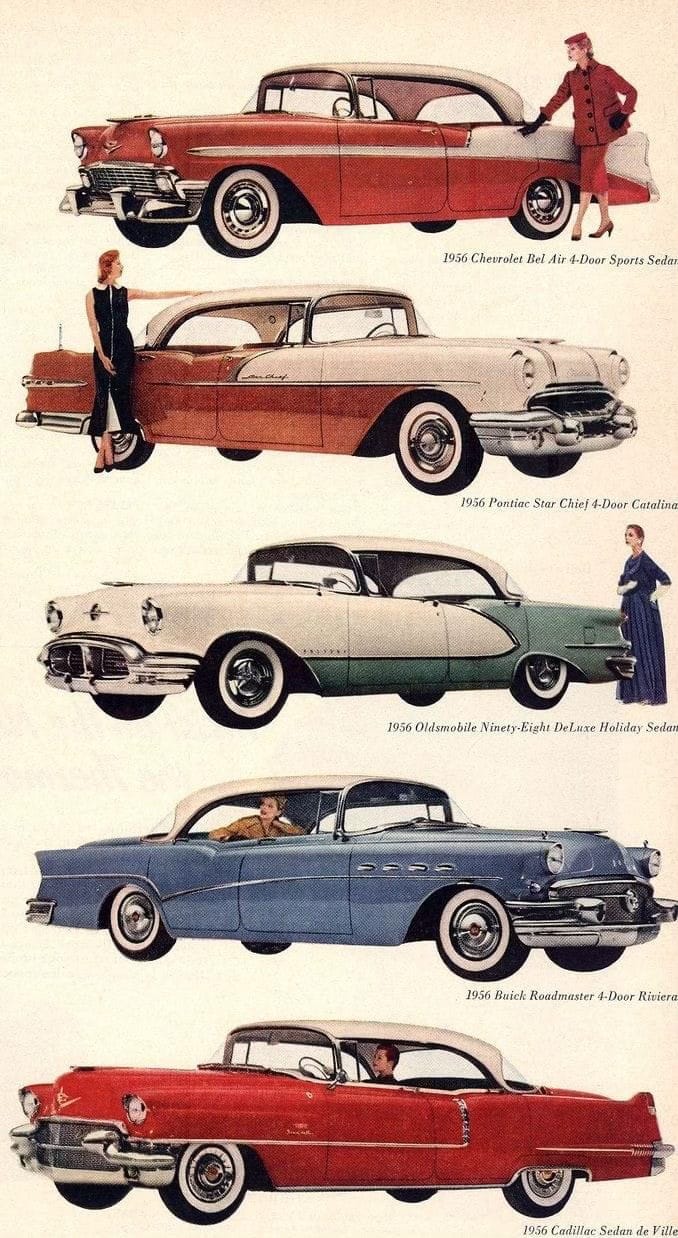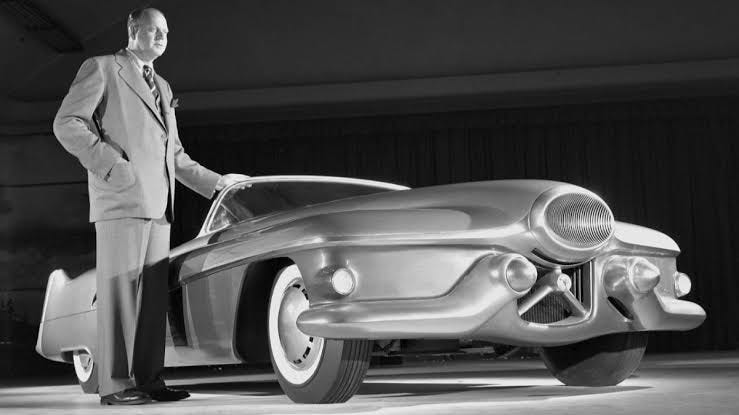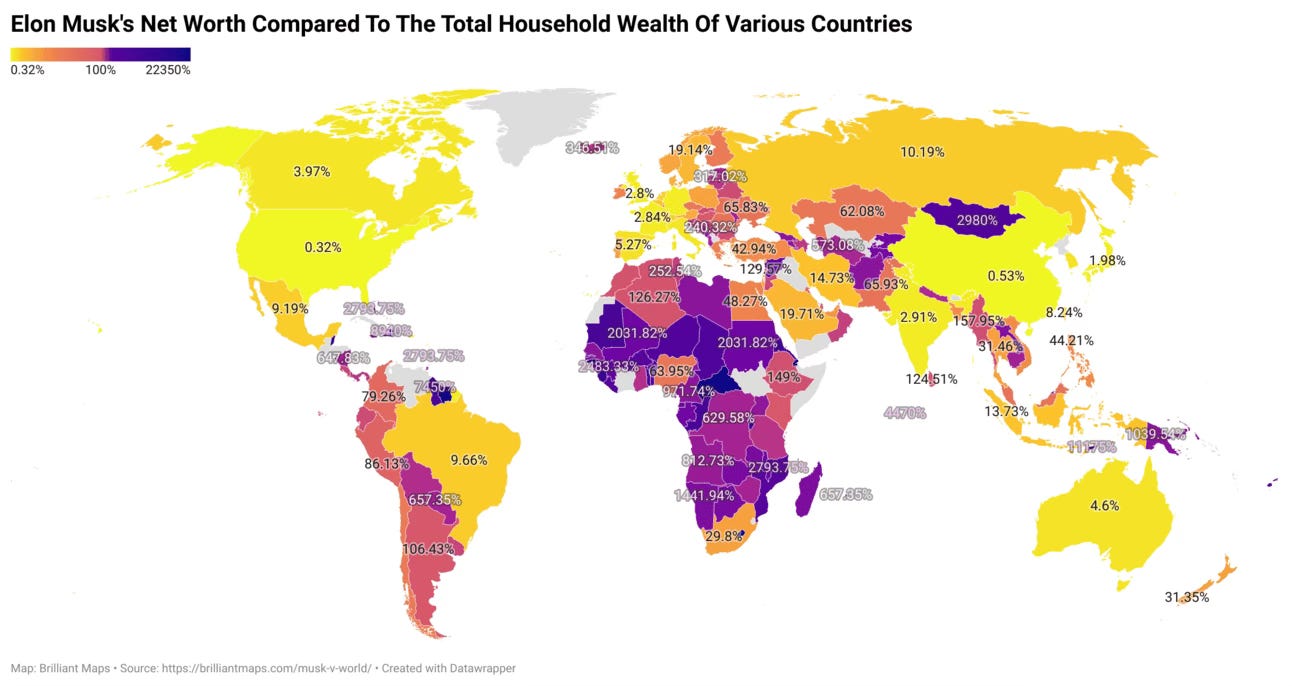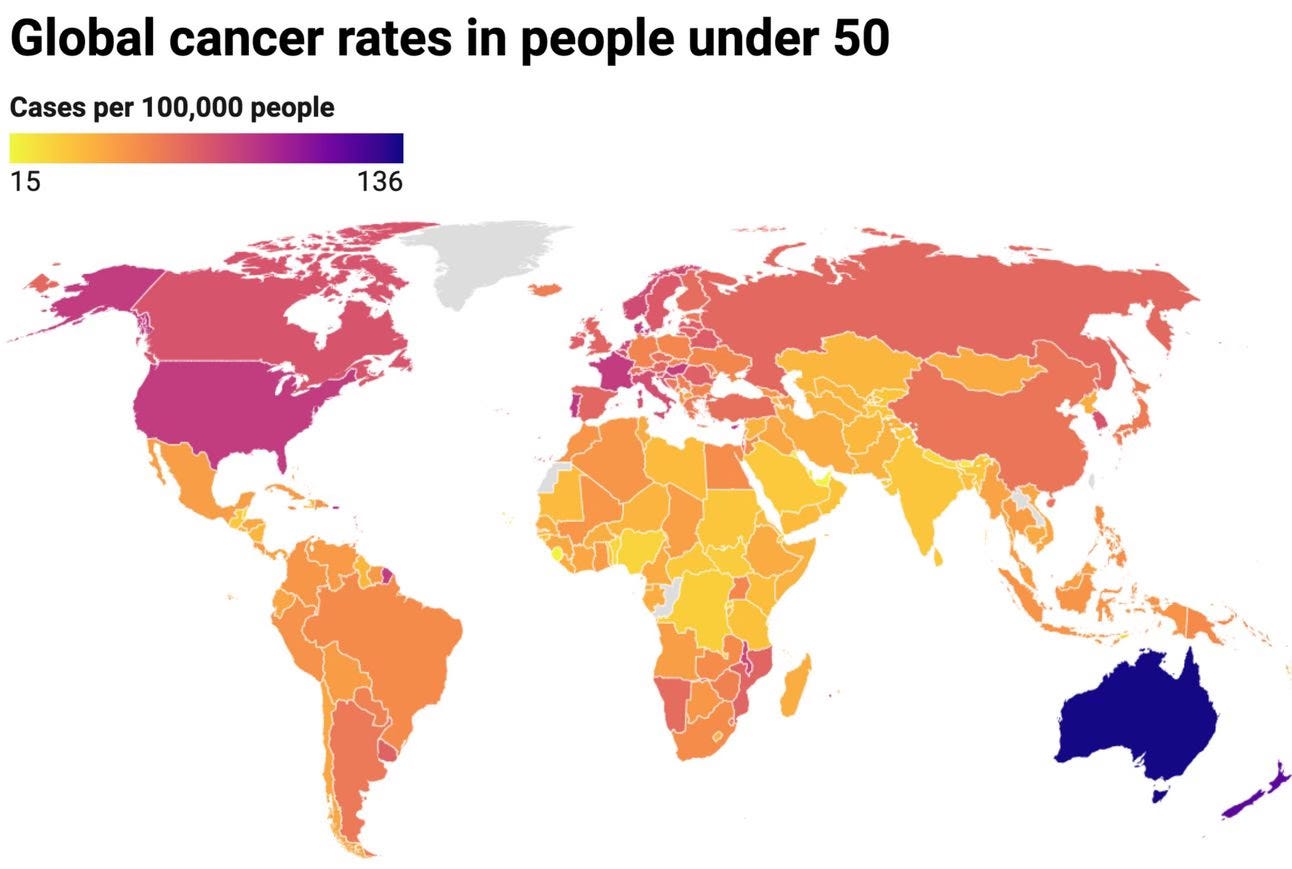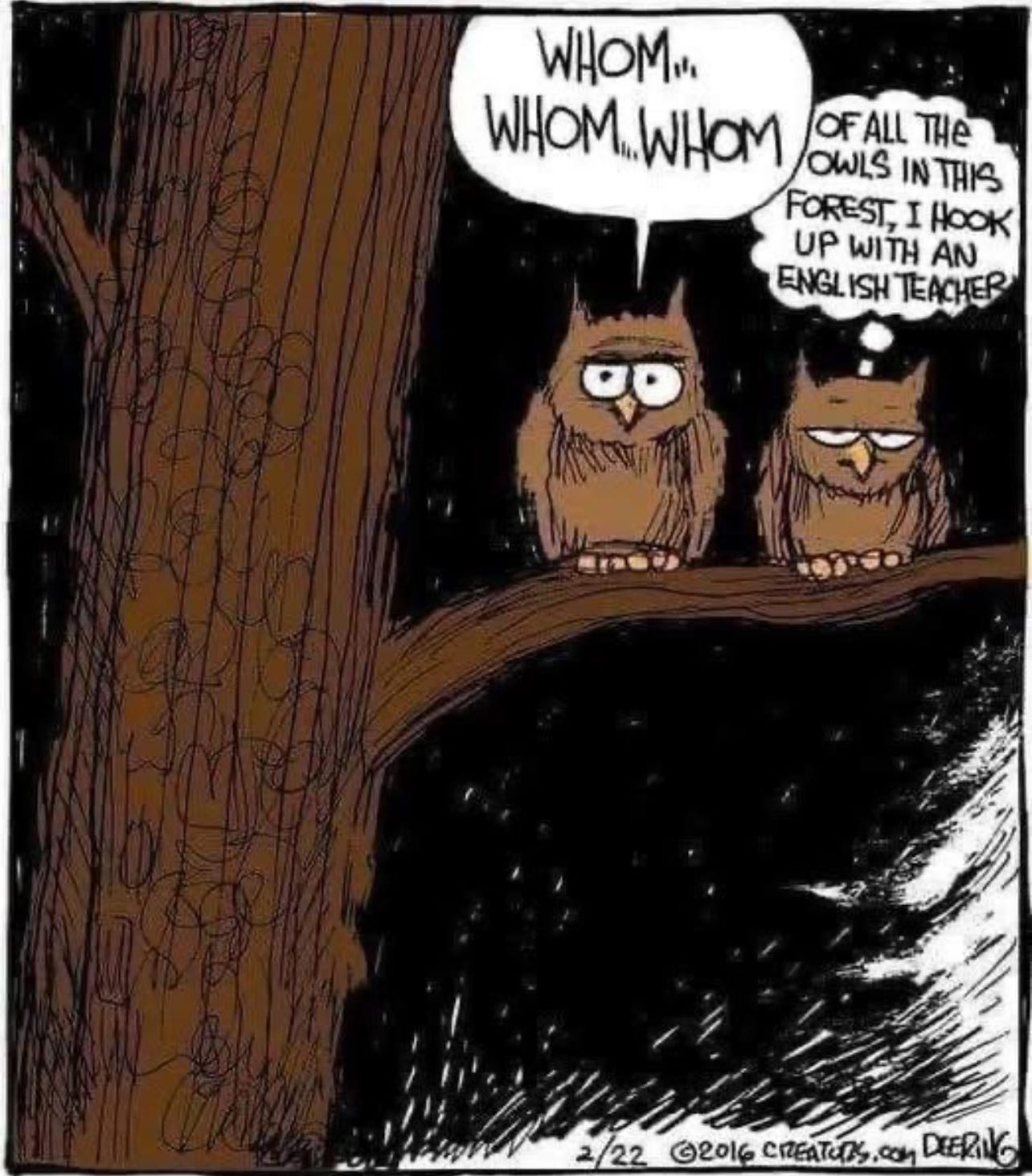Will Tariffs hit Canadian Movie and TV Production. A Nazi Propaganda Jazz Band and an Odd Economic Indicator
December 24, 2024 Volume 5 # 27
Tariffs and the Movies
In a good year the TV and Movie production in Canada is about the same size as auto manufacturing. In 2023 it was $14-billion for film and TV production — though it was lower in 2024— and $15-billion for the car and truck makers.
The production business employs 220,000 people about twice as many as the car companies, though the factory workers have secure work and higher pay.Canadian politicians are apoplectic about the prospect of 25% tariffs that President-elect Donald Trump says he will bring in.
The talk is often about the car industry and natural resources, especially oil. No one mentions the movie biz.
“The Trump tariffs are unknowable. They appear to be centred on goods production so the film and TV industries might be exempt. They might not. Same as other industries that sell most of their production to the U.S.,” says economist Armine Yalnizyan.
We asked the Canadian MediaProducers Association about potential tariffs and they came back with this short response: “It’s a bit premature, so we don’t have anything to share on this topic at this time.” Better not poke the bear.
Canadian TV and Movie production, as well as animation, is centred in Vancouver, Toronto and Montreal. American production companies receive federal and provincial subsidies to work here.
Most studios are booked solid, helped by the weaker Canadian dollar, which slipped below 69 cents US this week.
“Before the tariffs come the decoupling of the CAD against the USD, due to the growing gap between output/potential output of the US and Canada. Nobody's economy is performing as strong as the U.S., so all currencies, including the Canadian dollar, are depreciating,” says Armine. “This is only likely to continue for the next year or two, perhaps longer, meaning any production denominated in Canadian dollars will be cheaper for US production. Better than a GST cut, and longer-lasting.”
The Brockville Siding Leading Indicator
I took this picture from a fast moving train, so it’s a bit blurry. This month there are dozens of flatcars with giant Aluminum ingots, almost certainly from a smelter in neighbouring Quebec . My theory is somone ordered this material becuase they want to make something, from aluminum cans to aircraft or car parts. If there is this much aluminum here there has to be demand and that means the economy picking up. It could also mean American companies have less than a month to move these ingots to the United States to beat the tariffs. Brockville, Ontario, is less than a mile from the United States, separated by a narrow stretch of the St. Lawrence River.
The Genius of the old General Motors in One Image
A car for every budget and status symbol to brag about how you are getting richer. This is the 1956 lineup of the five GM brands. And within the brand there are four different models. I think all of these pictured here are the top of the line except for the Cadillac which made something even fancier. Fifteen years after this GM cars lost its style and the company was never the same.
The great GM designer Harley Earl died in 1969 and GM’s panache died with him.
The Man With the Big Cigar
The Nazis hated Jazz, they had word for it that incorporated the German version of the N-word. But they knew their enemies, the British, Americans and Canadians, liked Jazz, so they formed their own jazz band: Charlie and His Orchestra. The music blasted out to Allied troops and civilians, though the studios were bombed often.
The Musicians weren’t Nazis. They were Danes, Czechs and others pressed into service by Joseph Goebbels, the Nazi propaganda chief. Some of them were even recruited by the Americans to entertain the troops afrer Germany’s defeat.
The sound was the swing music popular in the 1940s; the lyrics were totally over the top. Here are the words to one song recorded in early December of 1941, when the enemies were Britain and the USSR and the man they despised was Winston Churchill.
Who is that man with the big cigar?
Whose greatest friend is the USSR
He’s known around from near and far
That actor man with the big cigar
He puffs away every night and day with a twinkle in his eye
And all the while behind that smile lurks many an untold lie
Down Whitehall way you’ll see his car
He’s here he’s there he’s everywhere, the friend of the USSR
We stand for vanquished
Is the slogan of his land
And he’ll fight until it’s finished
And there’s no one left to stand
He’ll keep the red flag flying
No hammer black and blue
For he’s getting more than he bargained for
That fat friend of the Jew
So keep your chins up one and all and remember what I say
If Britian’s were to Britian’s blue, they’d send that man away
Who is that man with the big cigar?
He’s here, he’s there he’s everywhere
That man with the big cigar
Click to listen to the Nazi Jazz Band
Elon Musk is richer than all the People in Many Countries
It can seem a little confusing but if you add the assets of people in Canada, they equal 3.9% of Musk’s $430-billion. But he’s worth two and almost three times as much as all the household wealth in countries like Mali and Mongolia.
On the Same Page Was This Map
Rich countreis have more cancer than poor ones. A striking colour is that of Australia and New Zealand. That could be becuase the settlers there were fair-skinned Celts, Irish and Scots, and their light skin makes them susceptible to skin cancer in the sunny climates.
A Feathered Pedant
Essay of the Week
This story has a twist that isn’t mentioned in the obit. Ken Fraser’s daughter is Sheila Fraser and in 2005 she was the Auditor-General of Canada. At the time I was writing for the Globe but my main job was at the CBC, which the Auditor-General inspected. Ms. Fraser and I spoke several times on the phone about her father and we got along. So when she came to the CBC building in Toronto she came down to the newsroom and asked: “Where does Fred Langan sit?” She walked over and we spoke for several minutes. People were wondering, Why on earth is the Auditor-General singling out Langan. I never told them why.
***
Ken Fraser was a farmer and politician from rural Quebec who found himself caught up in the language debate of the 1970’s. A long time Liberal member of Quebec’s National Assembly, he represented the English-speaking riding of Huntingdon but was done in by his party’s stance on expanding the power of French in the province.
His English-speaking constituents were angry about Bill 22, legislation by the Liberal government of Robert Bourassa aimed at restricting parents’ choice in education.
“He was very much a believer in individual rights and thought the government shouldn’t be dictating where people should be sending their children to school,” said his daughter, Sheila Fraser.
Mr. Fraser voted against Bill 22 on first reading, but the party put pressure on him, and he voted for it on second reading, upsetting some of his constituents. He was out of the country for the third reading. English speaking voters, who before and since voted en masse for the Liberals, changed their minds.
In one of the great unintended political consequences of the 20th century, the English-speaking voters of Huntingdon helped elect the separatist Parti Quebecois. They revolted against the Liberals and Ken Fraser, and elected the candidate from the Union Nationale. This happened in at least three other `English’ ridings and helped the Parti Quebecois win a surprise victory in the November, 1976, election.
It was an election that saw the Parti Quebecois bring in a more radical language policy, Bill 101, which started a mass exodus of English-speaking Quebecers. It was nicknamed Bill 401, the name of the highway to Toronto.
“Some English-speakers were unhappy with the Liberals because they had passed language legislation that restricted access to English schools. Some voted for the UN (Union Nationale) as a protest, in the process splitting the anti-PQ vote,” said Ronald Rudin, professor of history at Concordia University in Montreal. “As to whether this was a major factor in the defeat of the Liberals, I am not sure I would go that far.”
Mr. Fraser lost the election to the Union Nationale candidate, Claude Dubois, by 2,728 votes, and only 1,200 votes ahead of the Parti Quebecois candidate. By the end of the night, the Parti Quebecois, with 41% of the vote, had 71 seats and the Liberals had 26 seats with 34%. But the Union Nationale, which had been wiped out with 4.9% of the vote in the previous provincial election, jumped to 18% and 11 seats with the help of Quebec Anglos.
The UN would soon disappear again and its leader became a Parti Quebecois cabinet minister. And the UN member from Huntingdon eventually crossed the floor and joined the Liberals.
Though people such as the editor of the local Huntingdon Gleaner had predicted the Liberal defeat, it came as a shock to Mr. Fraser.
“I think he was surprised, but when you look back you could see it coming,” said Ms. Fraser.
Ken Fraser was born in Dundee, Quebec, a village that isn’t much more than border crossing and a store. His family farmed the land there since 1818 when five brothers and one sister from the same Fraser family came over to Canada from near Inverness in Scotland.
Apart from turning out five generations of farmers, the Frasers produced two Auditors General of Canada: John Fraser, who held the post about 100 years ago; and Sheila Fraser, Ken Fraser’s oldest daughter and the current Auditor General.
Young Ken attended Dundee Consolidated School, which housed about 80 pupils from grade one to grade 11, the end of high school in Quebec.
“It was the only school Kenny and I ever went to,” said Franklin Cameron, a schoolmate and another local farmer who is now retired in the nearby town of Huntingdon.
After high school Mr. Fraser worked on the family farm, one of the largest in the area. It was a dairy farm of 1,000 acres, 600 of them cultivated. It sits near the St. Lawrence River in the far southwest corner of Quebec, about three miles from the border with Fort Covington, New York.
Every day 8 gallon milk cans from were taken from the Fraser farm to the train station at nearby St. Agnes de Dundee for the `milk run’, the passenger train that picked up milk at farming towns all the way into Montreal.
During the war his brother joined the air force and he tired to join up as well but the ruling was that farming was an essential service and he was needed on the land. It was around 1944 that he travelled west with three friends to help with the harvest on the prairies. One of the results of the trip was meeting his future wife, Lily McNinch, of Mervin Saskatchewan, though the couple didn’t marry until 1949.
Back home in Dundee, Ken Fraser became involved in local politics, the local school board and the town council. He was also head of the Montreal Milk Producers Union, a lobby group for English-speaking farmers. Mr. Fraser spoke French, which at the time was unusual for farmers from the area, who could live their whole lives speaking only English.
The southern part of the riding, along the border, was English, the northern section more French. It was easy to tell which parts had been settled by the English, because the land was measured in acres, while the French settled land was measured in arpent, the pre revolutionary French measurement equal to about .91 of an acre.
The largest town, Huntingdon was also growing more French as industry expanded. Mr. Fraser first ran for a provincial seat for the Liberals in 1960. He was defeated then and again in 1962, finally winning the 1966 election by 45 votes. However, his party lost and he sat in opposition.
His routine during his 10 years as a politician was to sit in his constituency office in Huntingdon on Mondays and take the three-hour drive to Quebec City on Tuesday morning. He would leave the National Assembly on Friday morning, visiting his office at the other end of the riding in Hemingford on the way through. Mr. Fraser worked hard for his constituents, and one of his lasting achievements was the building of the Huntingdon County Hospital.
While he was in Quebec City his wife Lily ran the farm. There were always two hired hands and children to help out, but after a while milking twice a day became too much. The Fraser farm converted to cash crops such as soybeans and corn.
Throwing around hay bales and doing physical work from boyhood made Ken Fraser a physically powerful man. Around 5 feet 10 inches and 200 pounds, he was amazingly strong. He could help lift cars out of ditches and once impressed some Dutch immigrants who had moved to the Dundee area after war. A large tree fell across a road and they couldn’t figure how to move it. Mr. Fraser said “I’ll lift the big end and you grab the other end.” The tree was moved.
Ken Fraser was an open man with a good sense of humour. He was also plain spoken. At the time of the debate over Bill 22, he accused his own party of “handing Anglophones a load of horseshit about protecting the rights of English-speaking Quebecers.”
During the 1976 election a young television reporter visited the farmhouse to interview him. Mr. Fraser inquired after the young man’s marital status. When he discovered he was a bachelor, he called upstairs to his daughters.
“”Girls, you say you can’t meet any men, I have one right here.”
The five Fraser daughters came into the living room and made polite conversation. It was hard to say who was more embarrassed the male reporter or the female Frasers.
After losing the 1976 election, Mr. Fraser pretty much stayed away from organized politics. He read newspapers and books, keeping himself informed. His wife died 20 years ago. Mr. Fraser continued farming until ten years ago when he handed over the operation to his son who still farms.
Ken Fraser had several weaknesses. He loved sugar and chocolate, loved to make fudge and would even put sugar on tomatoes. And he smoked cigars, usually domestic White Owls, but he enjoyed exotics from Cuba when he could get them.
Six years ago, Mr. Fraser moved to Ottawa to be closer to more members of his family.
Kenneth James Fraser was born on October 17, 1917. He died in Ottawa on June 1, 2005. He is survived by his daughters Sheila, Kathy, Linda, Marion, Margaret and his son Ken. The funeral was held at the Dundee Zion United Church.

